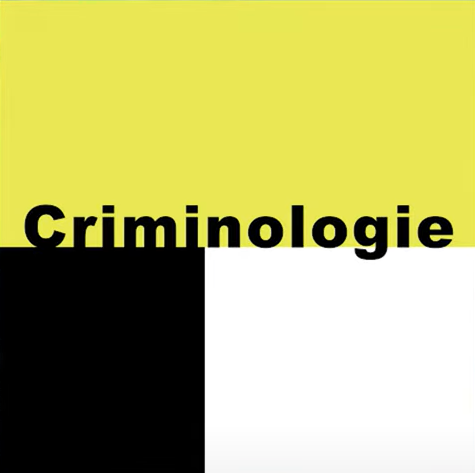The geography of confinement is largely based on an approach to confinement as it relates to mobility. This original, founding link between confinement and mobility characterizes the discipline. Based on a review of the literature and empirical evidence on the confinement of foreigners in Romania, this article shows how the power relations that constitute confinement are exercised through these mobilities. It begins by examining the role of mobility in the development of the geography of confinement. Three scales of deployment of these mobilities are then presented. Firstly, between closed establishments, where movements are decided and implemented by the various actors responsible for applying migration and penal policies; these movements are inherent to the establishment of institutional domination. Then, between the interior of the establishments and their immediate environment, mobility generates inside-outside relations that play a part in intra-mural power relations. Finally, the article looks at internal mobility. The management of these movements is one of the main tools used to maintain order within the walls, but this negotiated order also gives those locked up a certain amount of leeway. Mobility is thus an ideal prism through which to study certain aspects of power relations in closed institutions.
This twenty-first episode interviews Bénédicte Michalon.
Read the article on Érudit: https://doi.org/10.7202/1107601ar

Attention - Votre version d'Internet Explorer est vieille de 20 ans et peut ne pas vous offrir une expérience optimale sur le site du CICC. Veuillez mettre à jour votre ordinateur pour une expérience optimale. Nous vous recommandons Firefox ou Chrome, ou encore ChromeFrame si vous êtes dans un environnement corporatif ou académique dans lequel vous ne pouvez pas mettre à jour Internet Explorer.